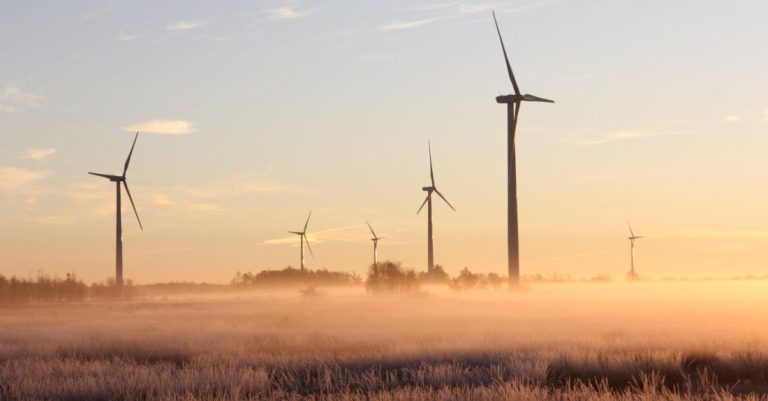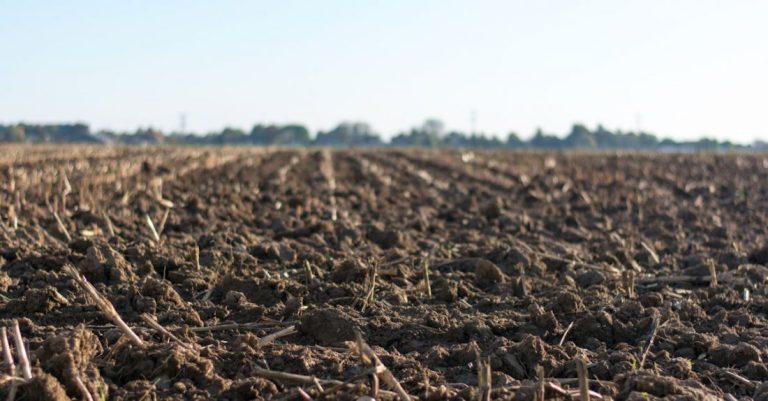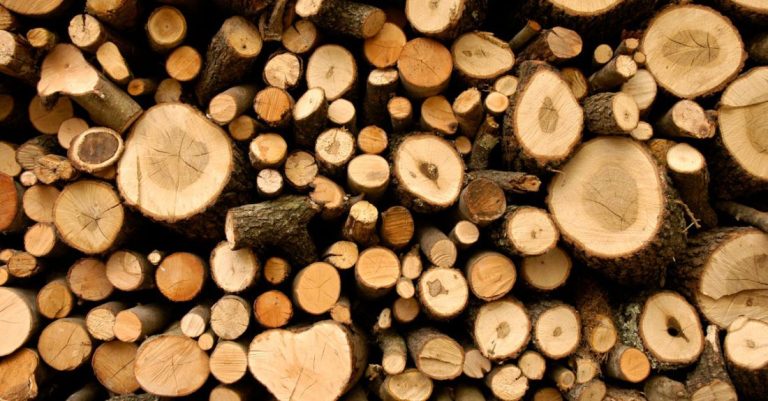
Creating a Permaculture Food Forest
Imagine stepping outside your door and being greeted by a lush, abundant food forest teeming with fruits, vegetables, herbs, and other edible plants. This vision can become a reality through the practice of permaculture, a sustainable design system that mimics the patterns and relationships found in nature to create productive and self-sustaining ecosystems. In this article, we will explore how you can create your own permaculture food forest, providing you with a perennial source of fresh, organic produce while promoting biodiversity and resilience in your garden.
Understanding Permaculture Principles
At the core of permaculture is the concept of working with nature, not against it. By observing and learning from natural ecosystems, permaculturists aim to design landscapes that are not only productive but also regenerative and ecologically harmonious. Key principles of permaculture include diversity, stacking functions, and maximizing edge effects. By incorporating these principles into your food forest design, you can create a resilient and sustainable ecosystem that requires minimal maintenance over time.
Selecting the Right Site
Before you start planting, it is essential to carefully select the site for your permaculture food forest. Ideally, choose a location that receives ample sunlight, has good soil drainage, and is protected from strong winds. Consider the existing microclimates on your property and how they can influence plant growth. By conducting a thorough site analysis, you can identify the best spots for different types of plants and ensure the overall success of your food forest.
Designing Your Food Forest
When designing your permaculture food forest, think in terms of layers and relationships. Mimicking the structure of a natural forest, your food forest should include a canopy layer (tall fruit and nut trees), a shrub layer (berries and smaller fruit trees), a herbaceous layer (vegetables and herbs), a groundcover layer (low-growing plants), and a root layer (root vegetables and nitrogen-fixing plants). By stacking these layers in a complementary way, you can maximize the use of space and resources while fostering a diverse and resilient ecosystem.
Choosing Plants Wisely
Selecting the right plants for your food forest is crucial to its success. Choose a mix of perennial plants that are well-suited to your climate and soil conditions. Consider planting nitrogen-fixing plants like legumes to improve soil fertility and support the growth of other plants. Include a variety of fruit trees, bushes, and vines to ensure a continuous harvest throughout the year. By diversifying your plant selection, you can create a more resilient and productive food forest that is less susceptible to pests and diseases.
Implementing Sustainable Practices
In a permaculture food forest, sustainable practices are key to maintaining the health and vitality of the ecosystem. Avoid using synthetic fertilizers and pesticides, opting instead for organic methods that support soil health and biodiversity. Mulch around plants to retain moisture, suppress weeds, and improve soil structure. Practice companion planting to create mutually beneficial relationships between different plant species. By working in harmony with nature and following sustainable practices, you can create a thriving and resilient food forest that provides abundance for years to come.
Cultivating a Connection to Nature
Beyond its practical benefits, a permaculture food forest offers a deeper connection to the natural world. Spending time in your food forest, observing the cycles of growth and abundance, can cultivate a sense of awe and gratitude for the Earth’s abundance. By nurturing your food forest with care and respect, you can also nurture your own well-being and sense of belonging in the web of life. Embrace the opportunity to learn from nature, adapt to its rhythms, and participate in the ongoing dance of creation and regeneration.
In conclusion,
Creating a permaculture food forest is a rewarding and enriching experience that allows you to engage with the principles of sustainability, resilience, and abundance in a tangible way. By following permaculture principles, selecting the right plants, designing thoughtfully, and implementing sustainable practices, you can create a thriving ecosystem that provides you with fresh, organic produce while promoting biodiversity and ecological health. Embrace the journey of creating your own permaculture food forest and enjoy the beauty and abundance it brings to your life and the world around you.





